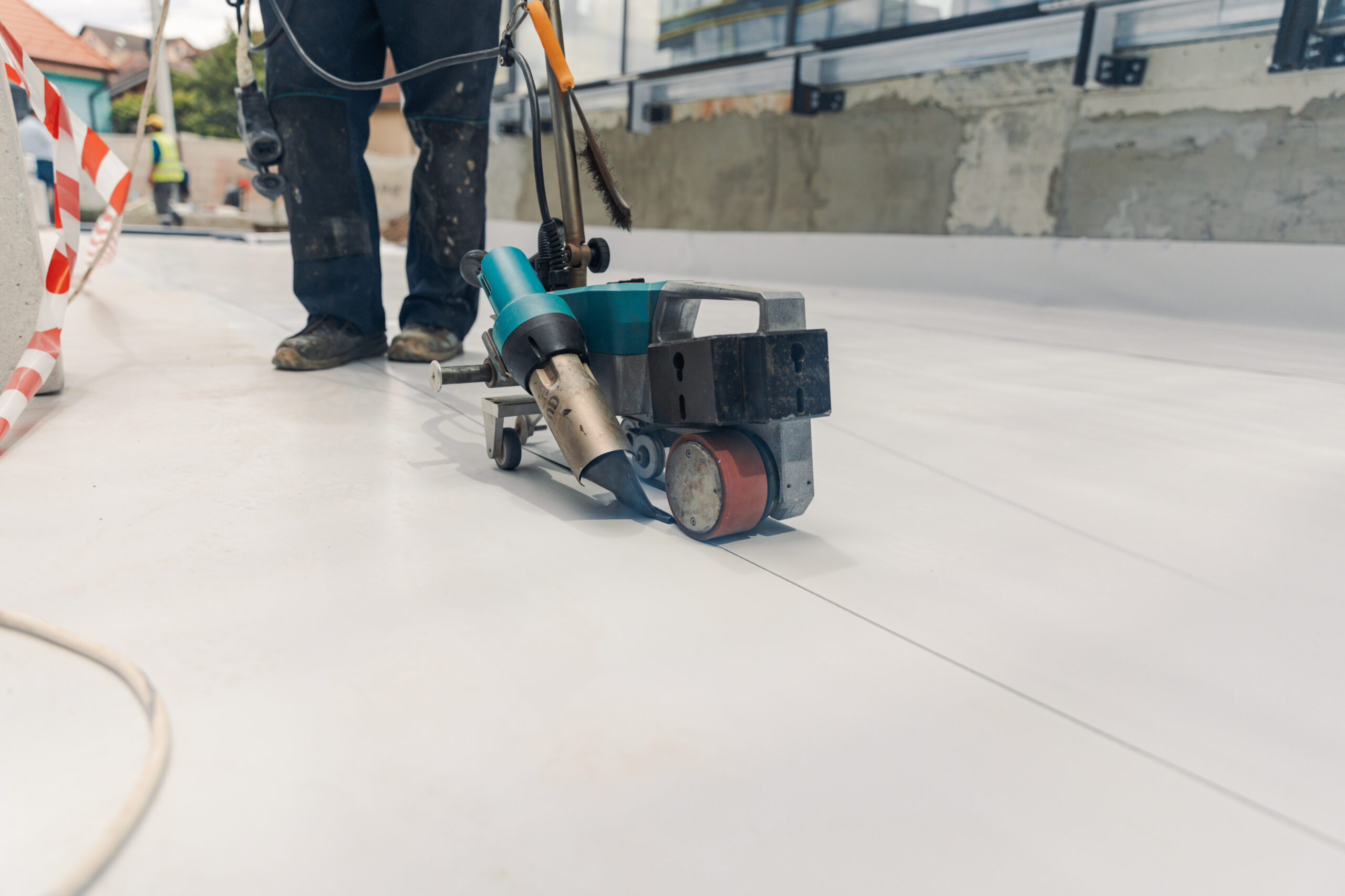There are multiple layers involved in the construction of a typical PVC roof, each playing a crucial role in ensuring a durable and long-lasting roofing system.
In Arizona, when installing a PVC roof, the first step is to inspect the roof deck and ensure its structural integrity. Following this, insulation boards are securely fastened to the deck. In most cases, new construction plans in areas like Phoenix, Flagstaff, and Prescott specify R-30 insulation, which typically consists of two layers of insulation board, each approximately 2.6″ thick, depending on the manufacturer. The method of fastening the insulation board may vary based on factors such as the manufacturer, engineering specifications, wind rating, and more. However, it is essential to securely attach the insulation board to the roof deck using screws and insulation plates.
Depending on the existing slope of the roof and its framing, a taper board may be required across the entire roof or only in specific areas. The taper board acts as an additional layer of insulation and is designed to facilitate water drainage towards scuppers or roof drains. It generally slopes at a rate of 1/4″ per foot. Proper drainage is crucial, and the taper board becomes particularly important when there is no existing slope or if the roof is sloped incorrectly. At M&M Roofing, we collaborate with our preferred manufacturers to develop a comprehensive drainage plan tailored to your roof’s needs.
Subsequently, a coverboard is installed on top of the taper board. The coverboard is a thin sheet of material, typically measuring 1/4″ to 1/2″ in thickness. Its purpose is to provide a protective layer over the insulation and taper board, preparing the surface for the membrane application. The coverboard can be an additional layer of insulation board with a higher compressive rating or a fiberglass-gypsum material known as DensDeck board. Regardless of the specific material used, the coverboard serves to safeguard the insulation, enhance the membrane’s durability, and provide a smooth and sturdy surface for the membrane installation.
Once all the aforementioned layers are in place, the roof is ready for the PVC membrane. PVC membranes are available in rolls ranging from 5′ to 12′ in width. There are two primary methods of application: mechanically fastened and fully adhered. In some cases, a combination of both methods may be employed.
A PVC system that is mechanically fastened is installed over the coverboard, and then secured along the seams using screws and large washers. The next roll is then overlapped to cover these screws and washers, and the seam is heat welded to ensure a completely waterproof system. This process is repeated for the entire roof.
On the other hand, a fully adhered system is utilized when there are higher wind ratings to meet or when a more durable end product is desired. In this system, a special adhesive is applied to the coverboard, and then the PVC membrane is rolled over the adhesive. Once the adhesive sets, the roof system remains firmly in place. Similar to mechanically fastened systems, the seams are heat welded to create a continuous roofing system.



